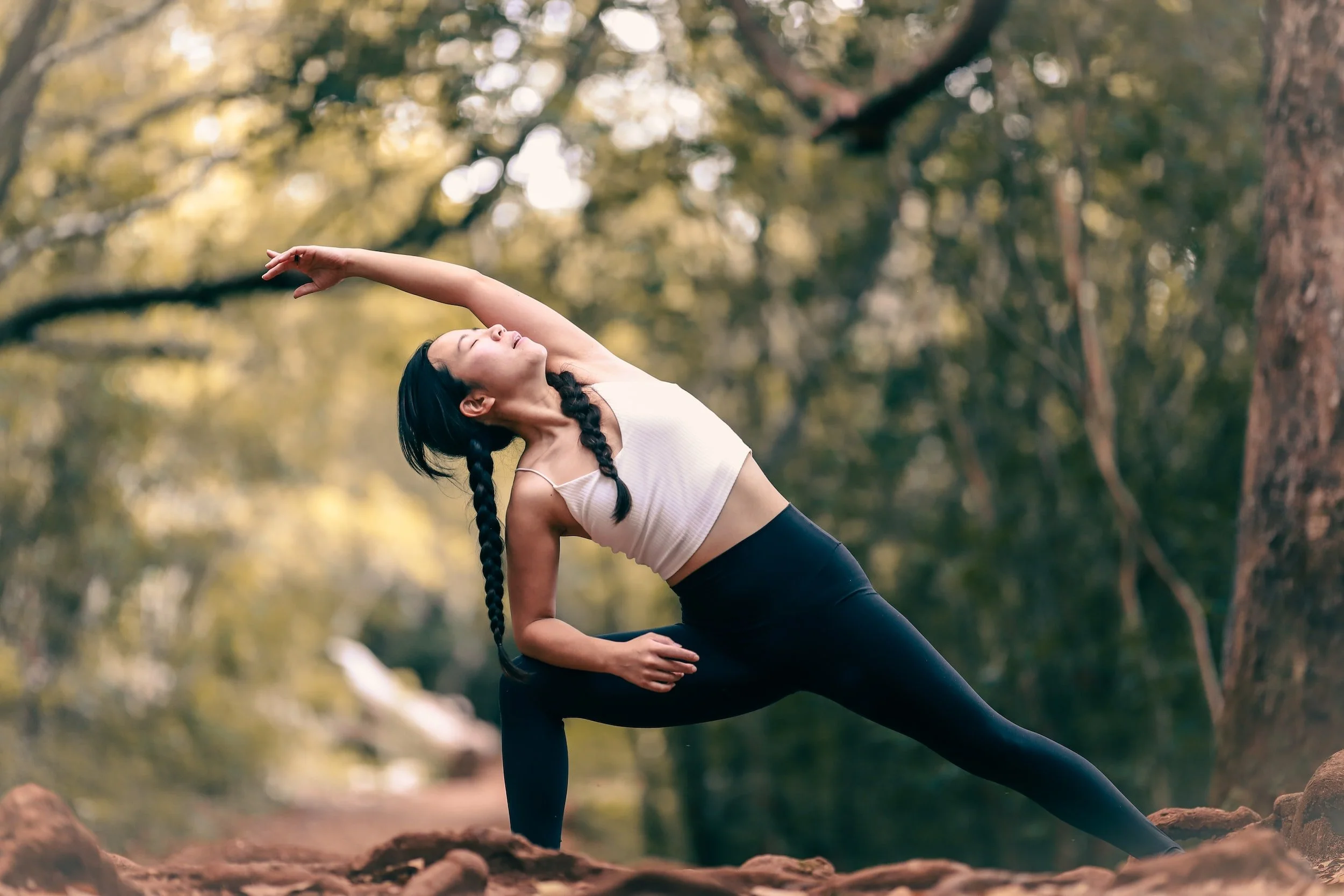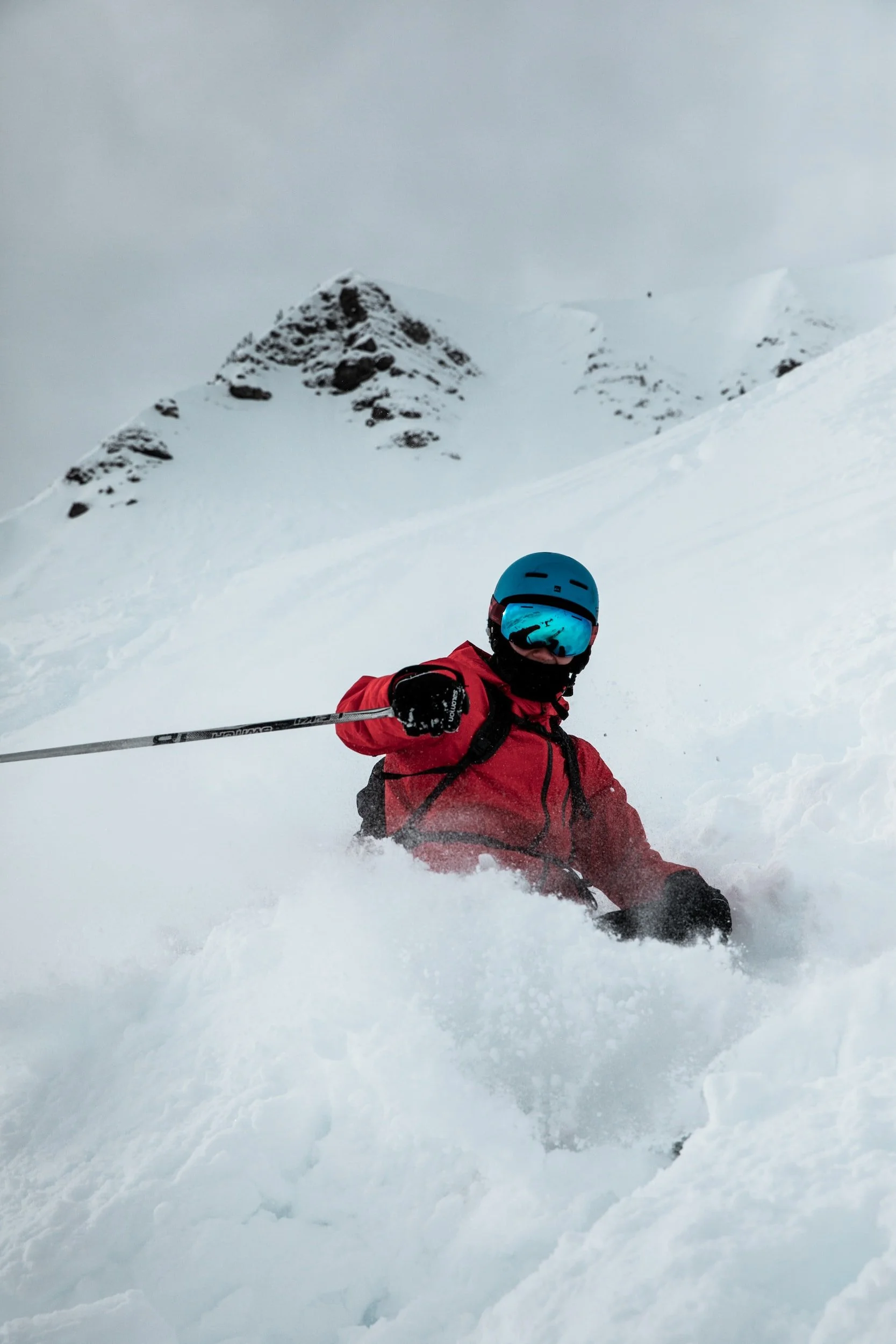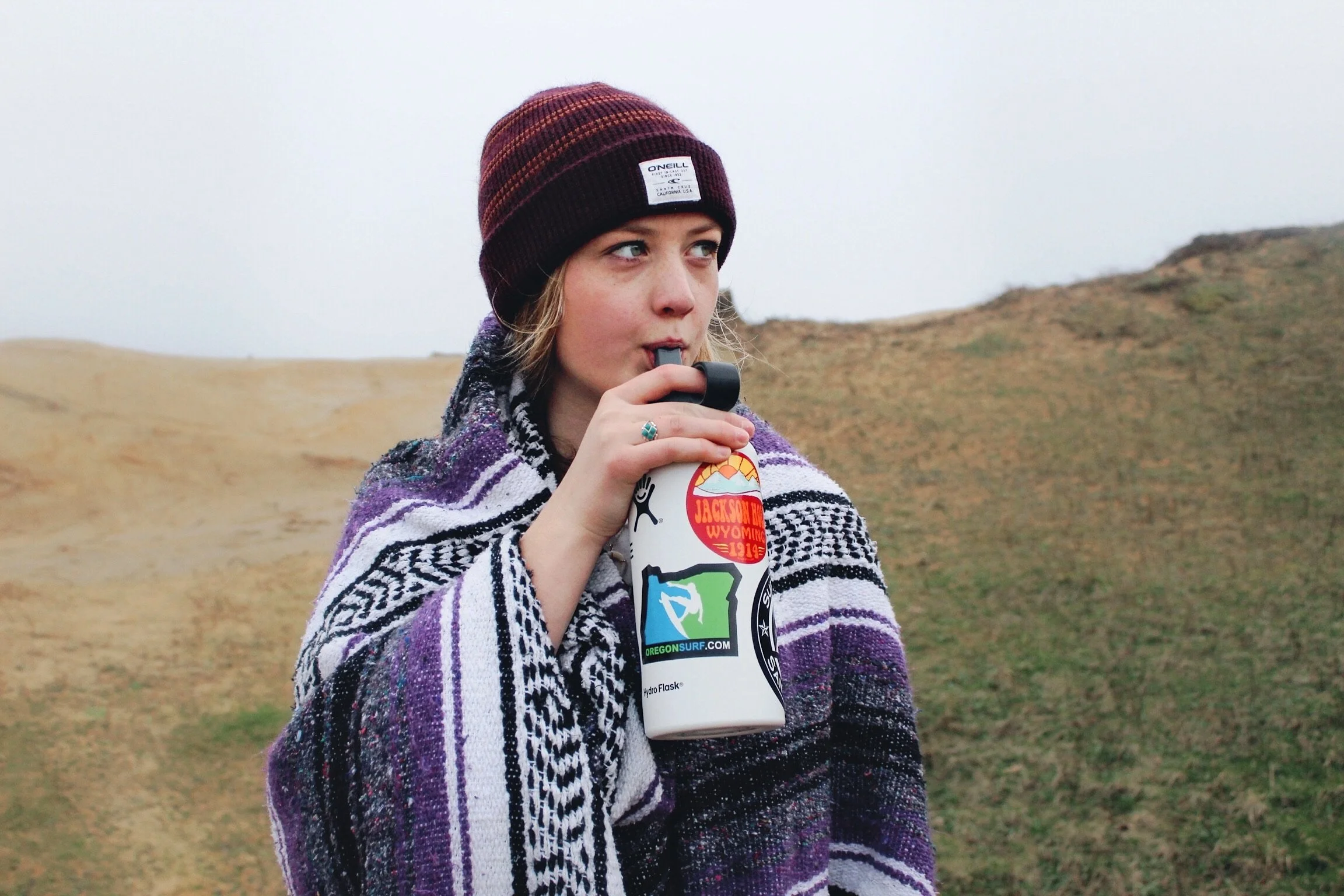Tips for hiking and camping in ouray, colorado
Chief Ouray Mine hike
It is so important to know what you are getting yourself into when you choose to adventure in the high mountain country. Whether you are doing a short hike, a one night camping trip, or a multi-day hike that you are camping out multiple days. Read through some important tips and tricks for tackling Ouray’s terrain.
1) Before starting out, do warm-up exercises. Stretching gradually increases heart rate, temperature and circulation to your muscles. Also, after a night’s rest, your muscles need warming. Stretching gets the body going and increases your flexibility.
2) Start out slowly, gradually increasing your pace and distance traveled. Take frequent rests/vary the pace to recover from strenuous activity.a steady pace is best.
3) Let the slowest person in your hiking, paddling, biking or cross-country skiing party set the pace. This is especially important when children are a part of the group. Give children whistles with instructions to stop/blow the whistle, if lost.
4) Plan the trip ahead of time and assign tasks that people will enjoy. If someone doesn't
cook, don't force him/her to take on that task. The goal is to have a good time outdoors.
take turns leading the group and sharing in decision-making responsibilities.
5) Hike, bike, or ski only on marked trails to save the tundra.
6) Travel in groups as much as possible, especially in winter or over hazardous terrain.
Develop and emergency plan before starting. Make sure everyone knows what to do
If they become lost of a medical emergency arises. Leave your itinerary with a friend/
family member and check in when you return.
7) Learn basic repair skills and take a repair kit along such as for bikes/snowshoes.
8) Mountain weather is generally cooler, cloudier and windier then lowland areas. For
every 1,000 feet elevation gain the temperature often drops 3-5 degrees. Thus dress in
layers. Polyester clothing worn next to the skin and wick moisture away.
9) Wear sunglasses hat or visor when you hike/ski/paddle. Keep eyes/face covered during
the first few days outdoors. Sun glare can cause snow blindness reflecting off snow,
water or boulders. Bring sunscreen no matter the season.
10) Bring a customized first-aid kit tailored to the outing and learn first-aid basics.
11) Drink plenty of water before you start out; take water with you…it's heavy to carry.
Treat or filter all trail water supplies. Pack carbohydrate-energy bars, granola, candy or
dried fruit for an instant pick-me-up on the trail.
12) Be aware of any restrictions on pets where you’re going. Keep pets on a leash, bring water for them, be sure they have name tags, watch for injuries to footpads, check for ticks, and keep them as warm or cool as possible.
13) Inform yourself on local regulations-campsites, campfires, wood supply use, etc.
14) Before leaving, find out the weather report but continue to watch the skies and find shelter should inclement weather threaten. Stay dry as wet clothes and gear contribute to heat loss. If possible carry a compact weather radio.
15) Plan for an early start to lessen the chance of hiking during afternoon thunderstorms and the early start should allow you to select the best campsite possible. Consider the following when choosing your campsite: a level site with enough room to spread out your gear; a site free of hazardous materials, insect infestation, or poison ivy; a site with some trees/ shrubs on the side of prevailing winds that should help block strong gusts; a site that should avoid dangerous consequences in case of heavy rain/potential flooding; and a site which allows you to build a fire in a safe area away from your tent. Try to find a site with a fire ring already there. Give yourself about two hours to set up camp.
16) Pack a first-aid kit including antiseptics for cuts/scrapes, tweezers, insect repellent, bug spray, pain relievers, sunscreen, snake bite kit, etc. Find out if any of your group have serious or possible life threatening allergies. Be sure to carry emergency supplies, such as maps, a compass, flashlight, knife, waterproof fire starter, personal shelter, whistle, warm clothing, high energy foods, water, possibly some extra batteries.
17) Be sure any fires are always attended, away from where possible wind-driven sparks, heat, or flames could ignite surrounding materials or spread laterally or vertically. When putting your fire out, drown it with water, making sure all embers, coals and sticks are wet as deeply buried embers have a tendency to reignite later. Be cautious when using a propane stove, read all the instructions and never leave a burning stove unattended.
18) Dispose of trash properly and use recycling bins if available. Carry out what can't be disposed of properly.
19) Hopefully, someone knows the ABC's of treating emergencies. Beware of encountering wildlife, poisonous plants, and insects and practice the safety measures and common sense you probably already know. Good hygiene is very important.
20) Hopefully, you've researched any BLM or Forest Service regulations in areas you'll travel relating to campfires, pets, private land areas, etc.






